Piemonte’s Perspective
February 26, 2025
George Piemonte, NOSSCR 11th Circuit Board Representative
For this month’s installment, we will review some general principles regarding cross-examining the VE. You must approach every case on the assumption that it will end up in court. Therefore, you must lay the foundations for issues to be litigated. To fail to do so is a disservice to your client.
- You have the right to fully question the VE on any pertinent matter within the VE’s area of expertise per HALLEX I-2-6-74(E). I recommend having a copy of that HALLEX with you in all hearings so you can hand up a copy to the ALJ if necessary. If the ALJ still gives you grief about a proper cross-examination, I suggest asking the ALJ, “So, your honor, just to be clear for the hearing recording, you are instructing me not to fully develop the vocational evidence for this case as I am required to do by SSR 24-3p?” The ALJ and Appeals Council may not care, but a court likely will.
- Note that per HALLEX I-2-6-74(C)(1) and (2), the VE must identify the source(s) of data they used and explain their approach to estimating job numbers. Don’t accept a word salad as an explanation. Make the VE tell you precisely how they reached the job numbers they stated.
- Save attacks for ridiculous testimony that is material. To illustrate, the VE says employers will allow workers to lie down during the workday whenever needed. You know that is ridiculous and is far from accurate. But there is no evidence in the record or testimony your client needs to lay. So, while the VE’s statement is clearly ludicrous, it does nothing to harm your client’s case. Attacking it and getting the VE to concede it is wrong does nothing to advance your client’s case.
- Now, if the evidence documents that your client has migraine headaches two times a week at unpredictable times and must lay down for 1 to 2 hours until they subside, the VE’s statement does harm your client’s case. That is a time to attack.
- So, the bottom line is to ask questions that are pertinent to the case and supported by the evidence.
- Uncontradicted fabrications by the VE are substantial evidence. With number 2 above in mind, if the VE holds their ground and refuses to give in, you must get your own vocational evidence. Remember, uncontroverted bogus testimony is substantial evidence. Don’t worry about the 5-day rule; you have the right to submit rebuttal evidence:
- Administrative Procedures Act – 5 U.S.C. § 556(d) “[a] party is entitled to present his case or defense by oral or documentary evidence, to submit rebuttal evidence, and to conduct such cross-examination as may be required for a full and true disclosure of the facts.”
- SSR 96-9p fn 8 – “Whenever a VE is used, the individual has the right to review and respond to the VE evidence prior to the issuance of a decision.”
- 81 Fed. Reg. 90987, 90991 (Dec. 16, 2016) – “if an ALJ introduces new evidence at or after a hearing, the claimant could use the exception in 20 CFR 404.935(b)(3) and 416.1435(b)(3) to submit rebuttal evidence. The claimant could also rebut evidence introduced at or after the hearing by submitting a written statement to the ALJ. As previously mentioned, we added language to 20 CFR 404.949 and 416.1449 to clarify that the 5-day requirement applies only to pre-hearing written statements, not to post-hearing written statements.”
- Asking a hypothetical question is usually essential, but it is not a cross-examination. The ALJ can summarily dismiss your hypothetical by saying something like it “is not supported by the record.” Don’t make it easy for the ALJ to ignore your questions. You also have to attack and hopefully eliminate material harmful testimony.
This is a guest column. The views expressed in this column are the views of the author alone, and do not represent the views of NOSSCR, NOSSCR’s leadership, or NOSSCR’s staff.



